Recovery of Lithium Iron Phosphate by Specific Ultrasonic Cavitation Parameters
Abstract
:1. Introduction
2. Materials and Methods
2.1. Materials
2.2. Methods
2.2.1. Mechanism Analysis
High-Speed Photographic Analysis
Ultrasonic Cavitation Dynamics Analysis
Numerical Simulation Study
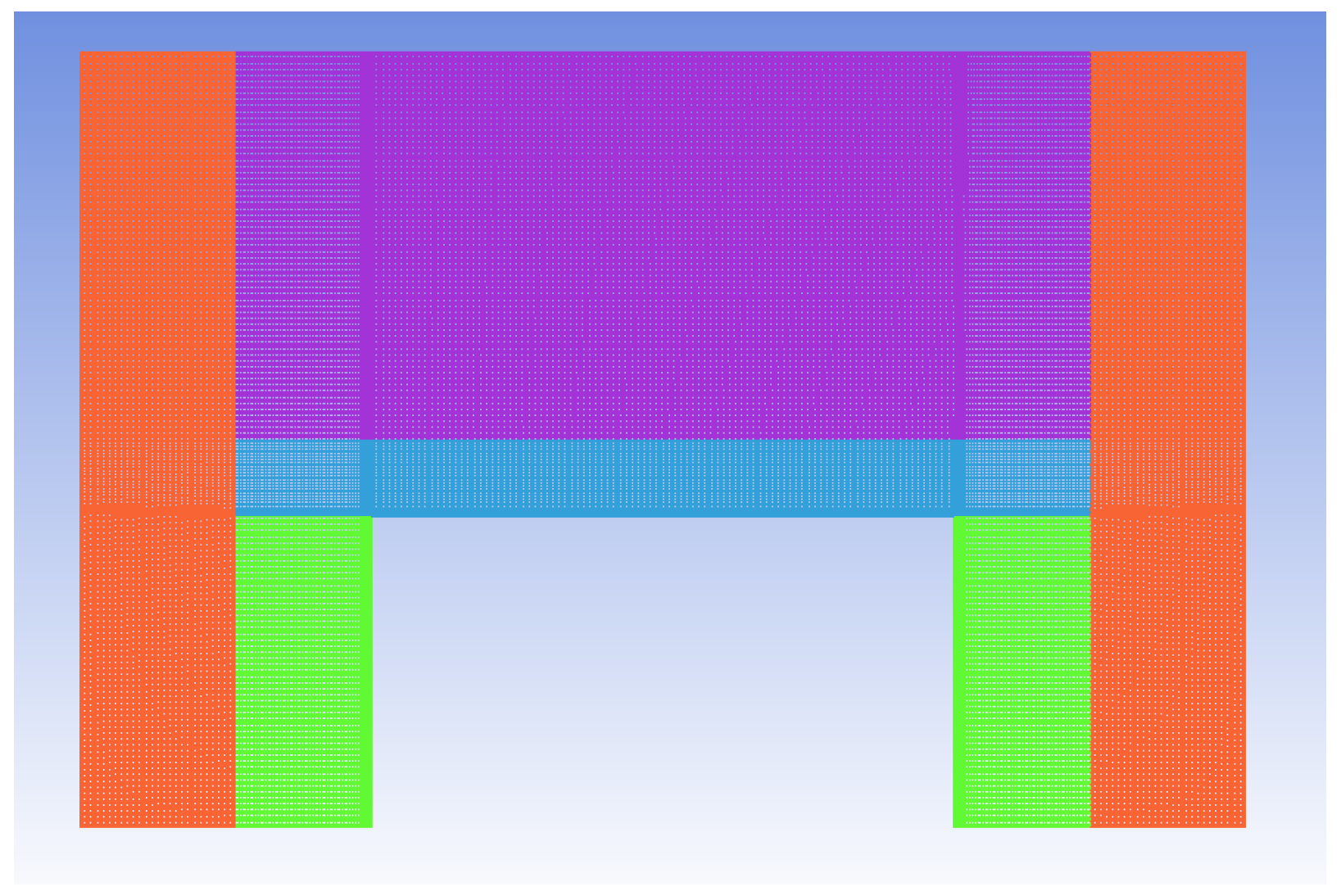
2.2.2. Experimental Design
3. Experimental Results and Discussion
3.1. Experimental Results
3.1.1. High-Speed Photographic Analysis
3.1.2. Ultrasonic Cavitation Dynamics Analysis
3.1.3. Numerical Simulation Study
3.2. Feasibility Analysis of the Direct Reuse of Recycled LiFePO4 Material
4. Conclusions
- Ultrasound-based lithium iron phosphate cathode material from aluminum foil is a typical process of cavitation induced by ultrasound. The cavitation bubbles generated in water can effectively remove lithium iron phosphate cathode material from aluminum foil. The pores and burrs at the edge of the specimen are more likely to cavitation, and the edge area is detached wholly and early.
- Theoretical simulation and test results have shown that the ultrasonic action time should not be too long or too short, otherwise the quality of recovered lithium iron phosphate may decline, or the separation of lithium iron phosphate from the aluminum foil will be uncompleted. The best action time is 15 min.
- The ultrasonic power shall be adjusted to 80 W. Too low will fail to induce cavitation phenomenon generation; too high will produce a large number of useless bubbles, thus increasing the scattering attenuation and reducing the cavitation intensity. The ultrasonic frequency shall be set as 40 kHz. Too low will not induce the cavitation phenomenon to occur, and too high will cause the cavitation bubble to collapse in time to form a large area cavitation phenomenon. During ultrasonic treatment, the temperature of the water should be 300 K. Both too high and too low temperatures can inhibit the cavitation phenomenon.
- Under the optimal physical parameters, the efficiency of lithium iron phosphate cathode material removal in the test can reach 77.7%, and the recovered lithium iron phosphate has good electrochemical performance, such as the first charge/discharge specific capacity can reach 145 (mA.h)/g, high-capacity retention after 100 cycles. It is shown that the recovered lithium iron phosphate by the ultrasound method established in this study can be directly used as the cathode material.
Author Contributions
Funding
Institutional Review Board Statement
Informed Consent Statement
Data Availability Statement
Acknowledgments
Conflicts of Interest
References
- Liu, J.; Duan, Q.; Qi, K.; Liu, Y.; Sun, J.; Wang, Z.; Wang, Q. Capacity fading mechanisms and state of health prediction of commercial lithium-ion battery in total lifespan. J. Energy Storage 2022, 46, 103910. [Google Scholar] [CrossRef]
- Miao, Y.; Liu, L.; Zhang, Y.; Tan, Q.; Li, J. An overview of global power lithium-ion batteries and associated critical metal recycling. J. Hazard. Mater. 2022, 425, 127900. [Google Scholar] [CrossRef] [PubMed]
- Yu, D.; Ren, D.; Dai, K.; Zhang, H.; Zhang, J.; Yang, B.; Ma, S.; Wang, X.; You, Z. Failure mechanism and predictive model of lithium-ion batteries under extremely high transient impact. J. Energy Storage 2021, 43, 103191. [Google Scholar] [CrossRef]
- Vezzini, A. Lithium-Ion Battery Management. In Lithium-Ion Batteries; Pistoia, G., Ed.; Elsevier: Amsterdam, The Netherlands, 2014; pp. 345–360. [Google Scholar]
- Yoshino, A. Development of the Lithium-Ion Battery and Recent Technological Trends. In Lithium-Ion Batteries; Pistoia, G., Ed.; Elsevier: Amsterdam, The Netherlands, 2014; pp. 1–20. [Google Scholar]
- Jiang, X.; Chen, Y.; Meng, X.; Cao, W.; Liu, C.; Huang, Q.; Naik, N.; Murugadoss, V.; Huang, M.; Guo, Z. The impact of electrode with carbon materials on safety performance of lithium-ion batteries: A review. Carbon 2022, 191, 448–470. [Google Scholar] [CrossRef]
- Huang, B.; Pan, Z.; Su, X.; An, L. Recycling of lithium-ion batteries: Recent advances and perspectives. J. Power Sources 2018, 399, 274–286. [Google Scholar] [CrossRef]
- Xie, N.; Li, D.; Li, Y.; Gong, J.; Hu, X. Solar-assisted lithium metal recovery from spent lithium iron phosphate batteries. Chem. Eng. J. Adv. 2021, 8, 100163. [Google Scholar] [CrossRef]
- Yadav, P.; Jie, C.J.; Tan, S.; Srinivasan, M. Recycling of cathode from spent lithium iron phosphate batteries. J. Hazard. Mater. 2020, 399, 123068. [Google Scholar] [CrossRef]
- Zhong, X.; Wang, F.; Ding, Y.; Duan, L.; Shi, F.; Wang, C. Water-in-salt electrolyte Zn/LiFePO4 batteries. J. Electroanal. Chem. 2020, 867, 114193. [Google Scholar] [CrossRef]
- Cui, Z.; Guo, X.; Ren, J.; Xue, H.; Tang, F.; La, P.; Li, H.; Li, J.; Lu, X. Enhanced electrochemical performance and storage mechanism of LiFePO4 doped by Co, Mn and S elements for lithium-ion batteries. Electroch. Acta 2021, 388, 138592. [Google Scholar] [CrossRef]
- Jamaluddin, A.; Nuraini, A.; Adhitama, E.; Purwanto, A. Assessment of LiFePO4 Battery Performance in Stand Alone Photovoltaic Street Light System. Procedia Eng. 2017, 170, 503–508. [Google Scholar] [CrossRef]
- Li, Y.; Wang, J.; Yao, J.; Huang, H.; Du, Z.; Gu, H.; Wang, Z. Enhanced cathode performance of LiFePO4/C composite by novel reaction of ethylene glycol with different carboxylic acids. Mater. Chem. Phys. 2019, 224, 293–300. [Google Scholar] [CrossRef]
- Golroudbary, S.R.; Calisaya-Azpilcueta, D.; Kraslawski, A. The Life Cycle of Energy Consumption and Greenhouse Gas Emissions from Critical Minerals Recycling: Case of Lithium-ion Batteries. Procedia CIRP 2019, 80, 316–321. [Google Scholar] [CrossRef]
- Kumar, J.; Neiber, R.R.; Park, J.; Soomro, R.A.; Greene, G.W.; Mazari, S.A.; Seo, H.Y.; Lee, J.H.; Shon, M.; Chang, D.W.; et al. Recent progress in sustainable recycling of LiFePO4-type lithium-ion batteries: Strategies for highly selective lithium recovery. Chem. Eng. J. 2022, 431, 133993. [Google Scholar] [CrossRef]
- Sloop, S.; Crandon, L.; Allen, M.; Koetje, K.; Reed, L.; Gaines, L.; Sirisaksoontorn, W.; Lerner, M. A direct recycling case study from a lithium-ion battery recall. Sustain. Mater. Technol. 2020, 25, e00152. [Google Scholar] [CrossRef]
- Yi, C.; Zhou, L.; Wu, X.; Sun, W.; Yi, L.; Yang, Y. Technology for recycling and regenerating graphite from spent lithium-ion batteries. Chin. J. Chem. Eng. 2021, 39, 37–50. [Google Scholar] [CrossRef]
- Li, Z.; Liu, D.; Xiong, J.; He, L.; Zhao, Z.; Wang, D. Selective recovery of lithium and iron phosphate/carbon from spent lithium iron phosphate cathode material by anionic membrane slurry electrolysis. Waste Manag. 2020, 107, 1–8. [Google Scholar] [CrossRef]
- Xu, P.; Dai, Q.; Gao, H.; Liu, H.; Zhang, M.; Li, M.; Chen, Y.; An, K.; Meng, Y.S.; Liu, P.; et al. Efficient Direct Recycling of Lithium-Ion Battery Cathodes by Targeted Healing. Joule 2020, 4, 2609–2626. [Google Scholar] [CrossRef]
- Zhang, R.; Chai, J.; Shang, Q.; Zhao, R.; Liang, Y. Solid-phase regeneration and electrochemical performance of waste lithium iron phosphate materials based on sensor and image technology. Alex. Eng. J. 2022, 61, 1912–1921. [Google Scholar] [CrossRef]
- Zhang, G.; Yuan, X.; He, Y.; Wang, H.; Zhang, T.; Xie, W. Recent advances in pretreating technology for recycling valuable metals from spent lithium-ion batteries. J. Hazard. Mater. 2021, 406, 124332. [Google Scholar] [CrossRef]
- Chen, X.; Cao, L.; Kang, D.; Li, J.; Zhou, T.; Ma, H. Recovery of valuable metals from mixed types of spent lithium ion batteries. Part II: Selective extraction of lithium. Waste Manag. 2018, 80, 198–210. [Google Scholar] [CrossRef]
- Chen, X.; Li, S.; Wang, Y.; Jiang, Y.; Tan, X.; Han, W.; Wang, S. Recycling of LiFePO4 cathode materials from spent lithium-ion batteries through ultrasound-assisted Fenton reaction and lithium compensation. Waste Manag. 2021, 136, 67–75. [Google Scholar] [CrossRef] [PubMed]
- Liu, T.; Chen, J.; Shen, X.; Li, H. Regulating and regenerating the valuable metals from the cathode materials in lithium-ion batteries by nickel-cobalt-manganese co-extraction. Sep. Purif. Technol. 2021, 259, 118088. [Google Scholar] [CrossRef]
- Shentu, H.; Xiang, B.; Cheng, Y.-J.; Dong, T.; Gao, J.; Xia, Y. A fast and efficient method for selective extraction of lithium from spent lithium iron phosphate battery. Environ. Technol. Innov. 2021, 23, 101569. [Google Scholar] [CrossRef]
- Jiang, Y.; Chen, X.; Yan, S.; Li, S.; Zhou, T. Pursuing green and efficient process towards recycling of different metals from spent lithium-ion batteries through Ferro-chemistry. Chem. Eng. J. 2021, 426, 131637. [Google Scholar] [CrossRef]
- Guo, Y.; Xia, Z.; Mao, Q.; Ding, T. Ultrasonic-assisted treatment for recovery of lithium-ion battery cathode materials. Electr. Components Mater. 2007, 26, 36–38. [Google Scholar]
- Qiang, L.; Ruokui, C.; Chao, L.; Yanchao, Q.; Huan, C.; Tangfeng, X. Experiment on leaching cobalt and nickel from waste lithium-ion batteries in copper tailings. Hydrometallurgy 2019, 38, 283–286. [Google Scholar] [CrossRef]
- Chengyuan, S. Feasibility study of battery recycling of waste LiFePO4. Electroplat. Environ. Prot. 2019, 39, 65–67. [Google Scholar]
- Guo, C.; Liu, J.; Li, X.; Yang, S. Effect of cavitation bubble on the dispersion of magnetorheological polishing fluid under ultrasonic preparation. Ultrason. Sonochem. 2021, 79, 105782. [Google Scholar] [CrossRef]
- Du, J.; Chen, F. Cavitation dynamics and flow aggressiveness in ultrasonic cavitation erosion. Int. J. Mech. Sci. 2021, 204, 106545. [Google Scholar] [CrossRef]
- Agar Ozbek, A.S.; Weerheijm, J.; van Breugel, K. High speed photography technique for measuring impact strength of porous concrete. Constr. Build. Mater. 2018, 186, 1092–1104. [Google Scholar] [CrossRef]
- Fellows, N.A.; Harding, J. Use of high-speed photography to study localisation during high-strain-rate torsion testing of soft iron. Mater. Sci. Eng. A 2001, 298, 90–99. [Google Scholar] [CrossRef]
- Pan, S.S.; Peng, X.S. Mechanisms of Cavitation; National Defense Industrial Association (NDIA): Arlington, VA, USA, 2013; p. 181. [Google Scholar]
- Sun, B.; Zhang, H. Numerical analysis of ultrasonic cavitation generation characteristics based on CFD method. Lubr. Seals 2009, 34, 55–60. [Google Scholar]
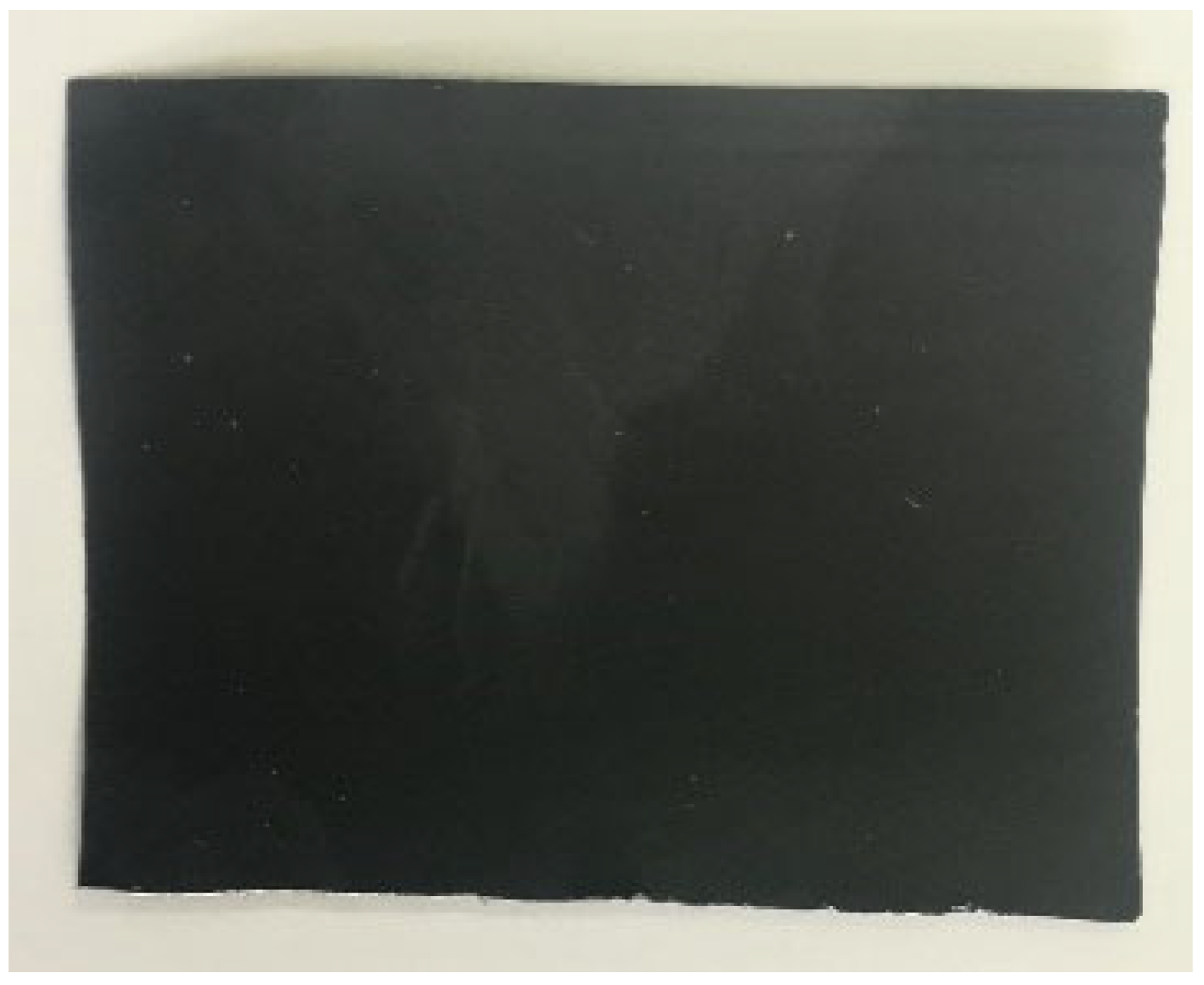

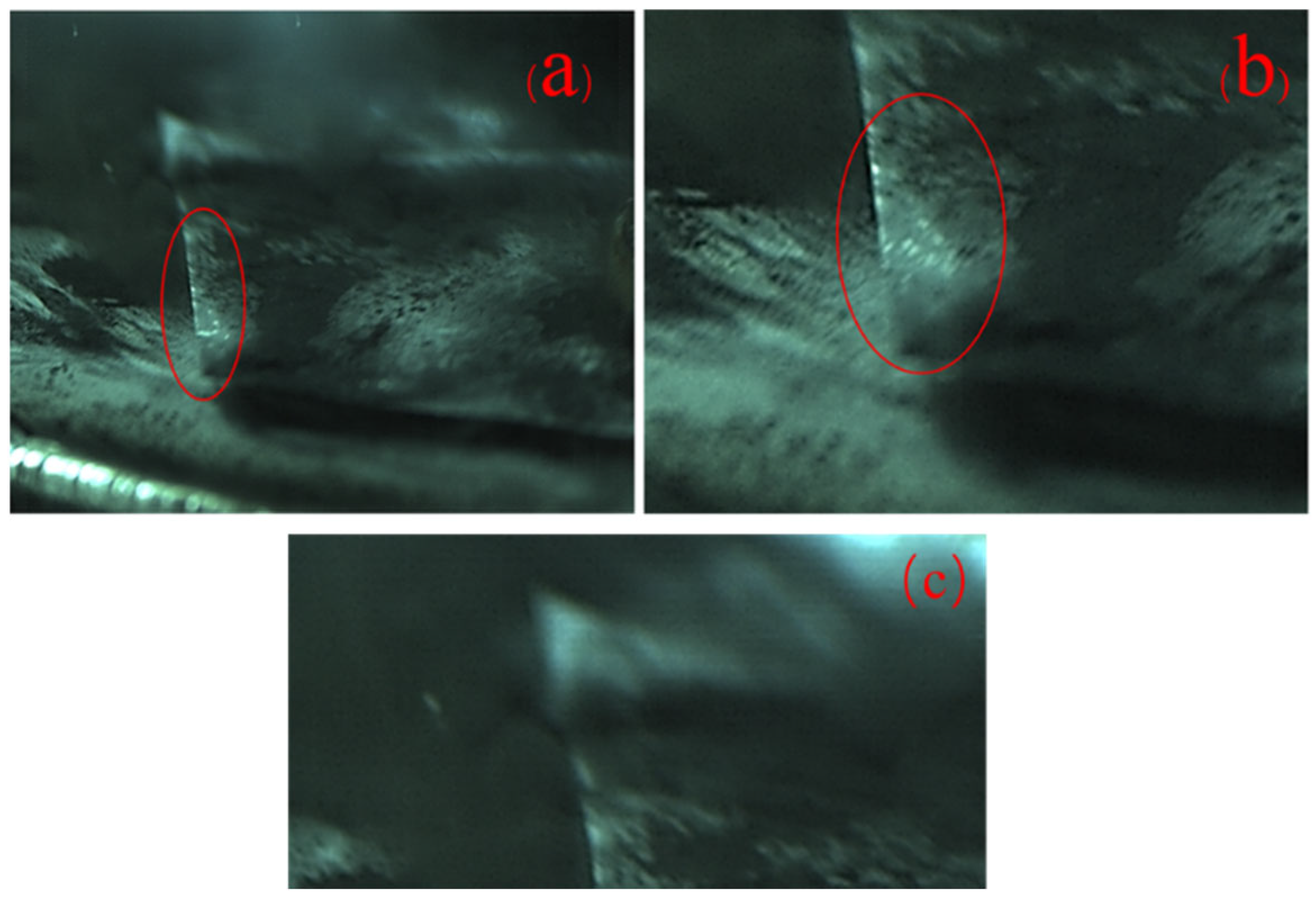

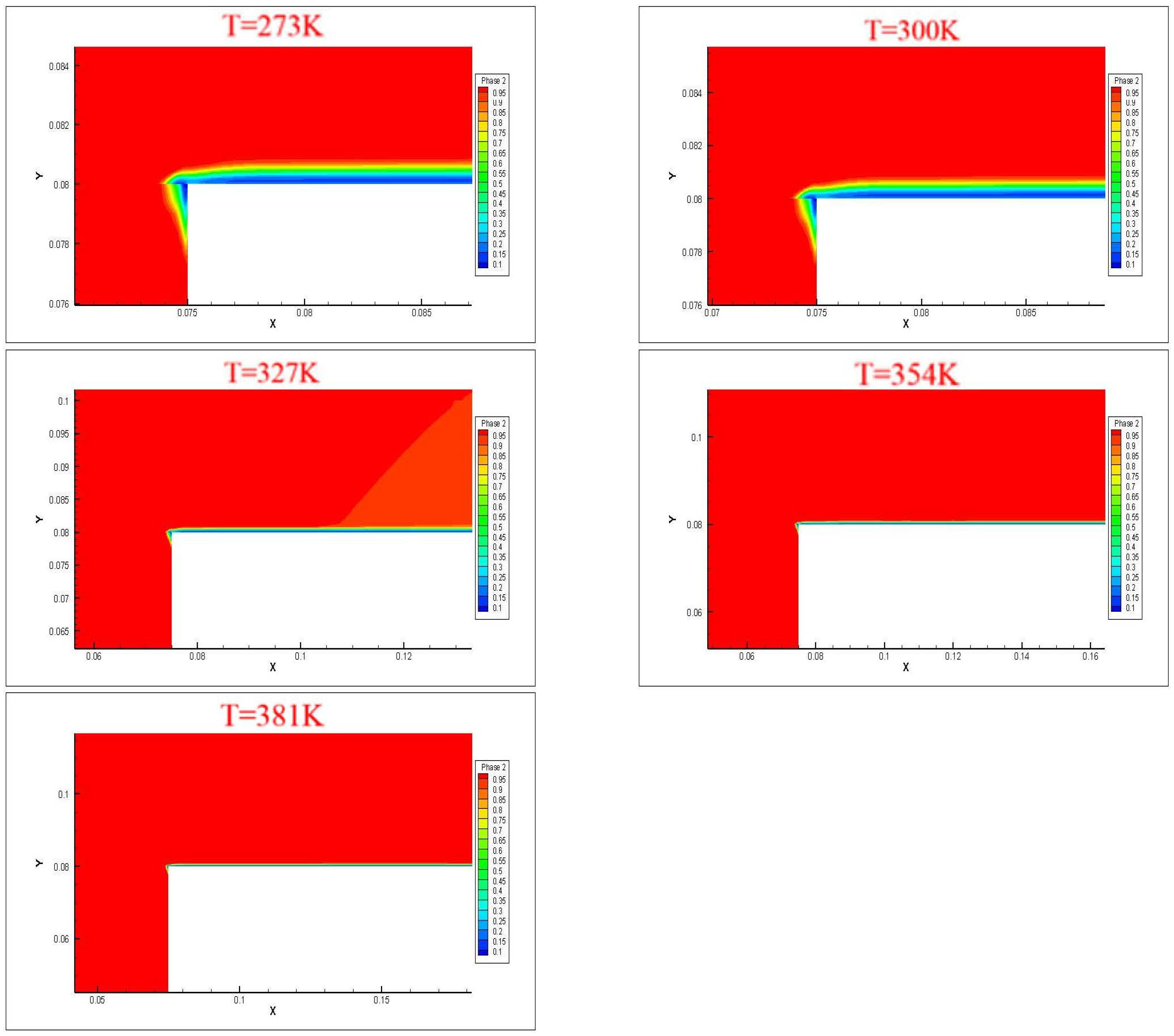

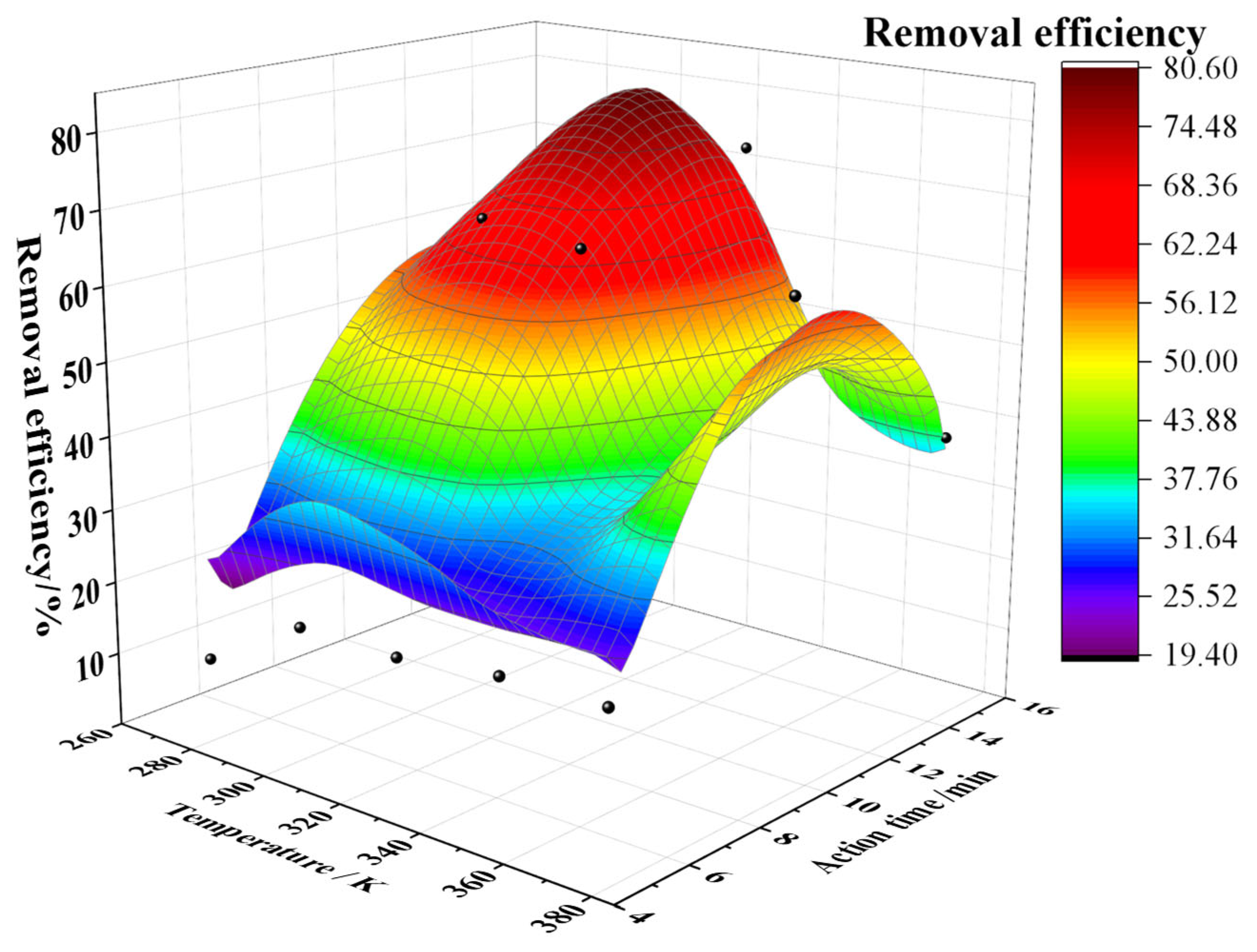
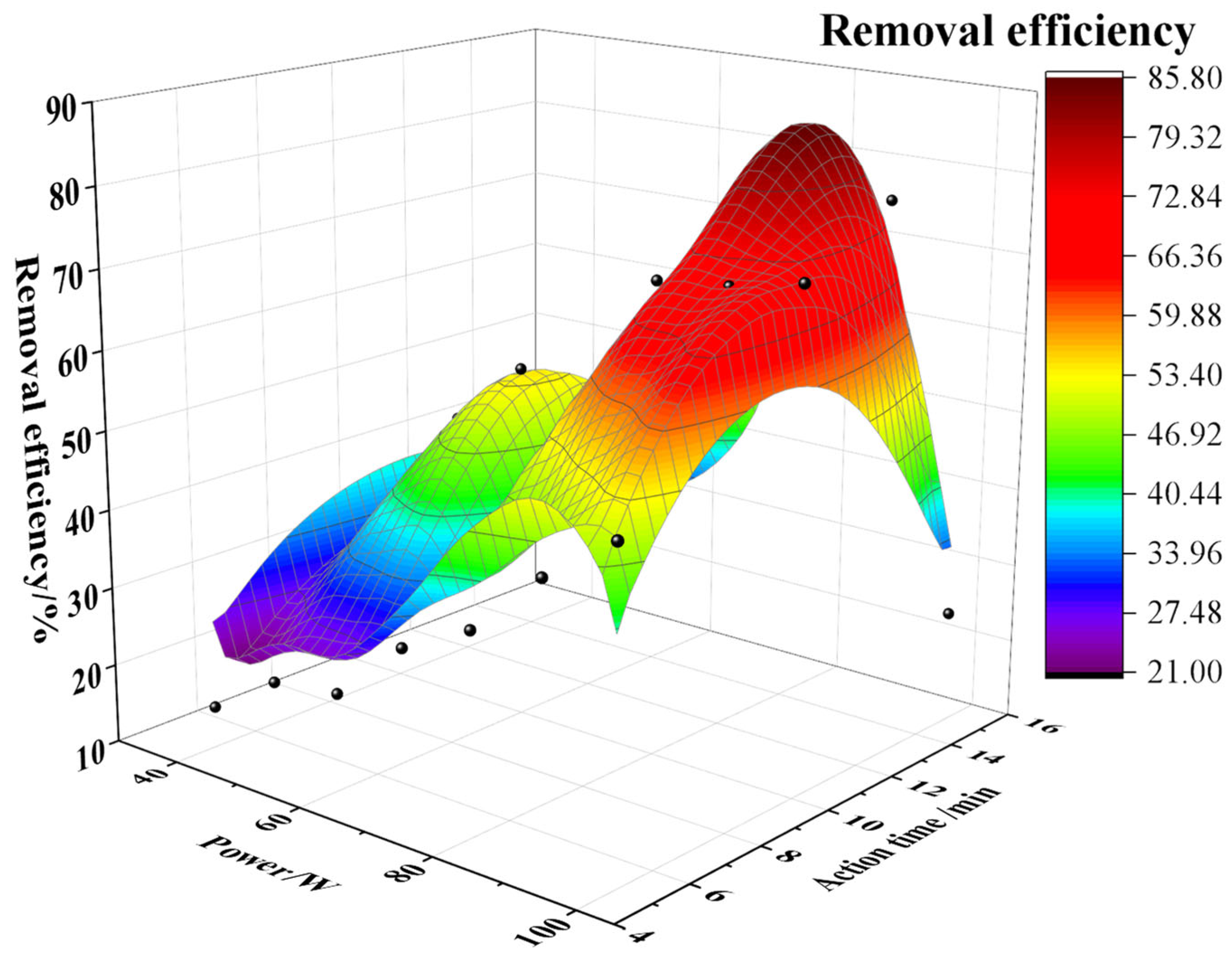
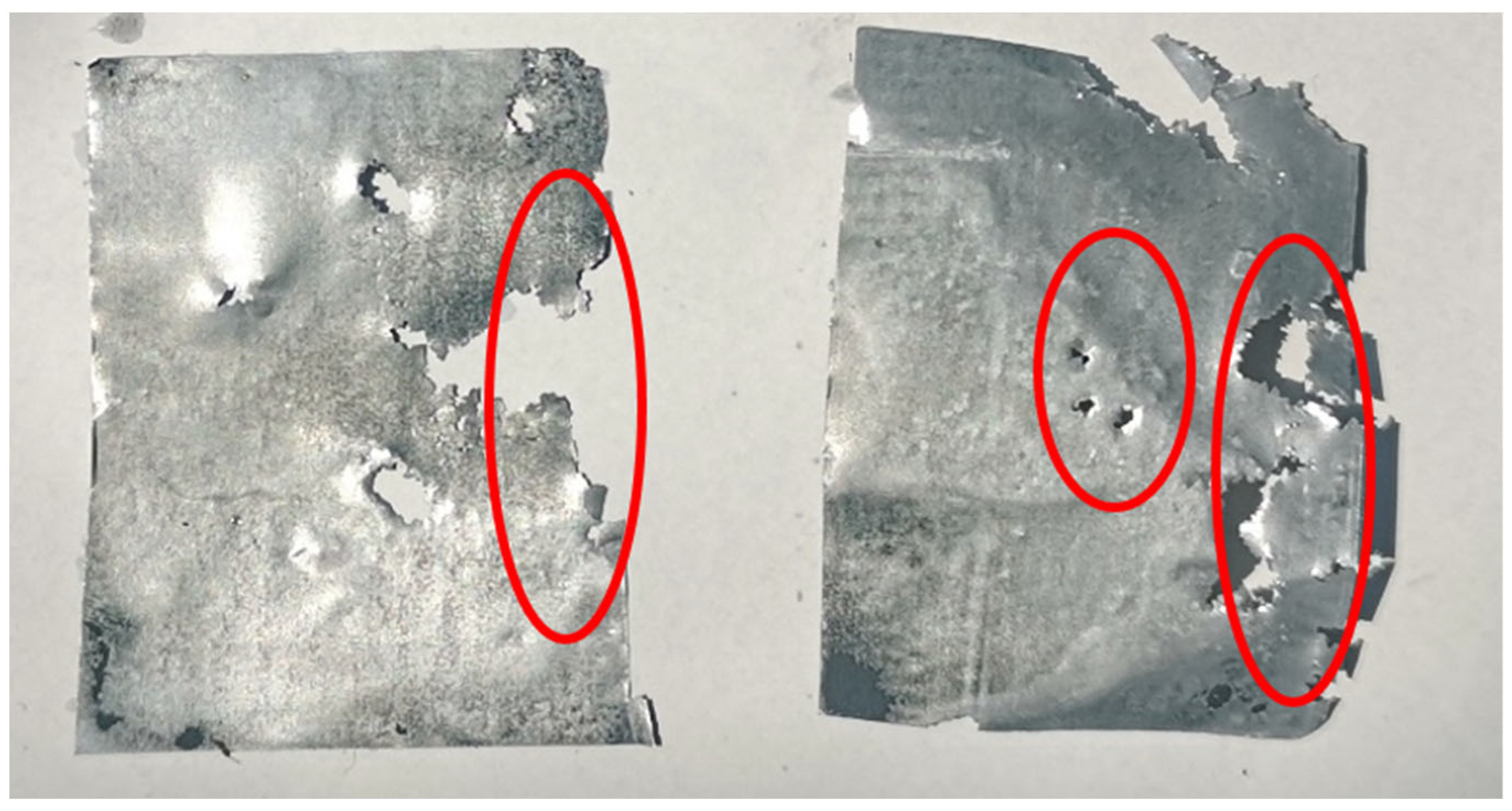

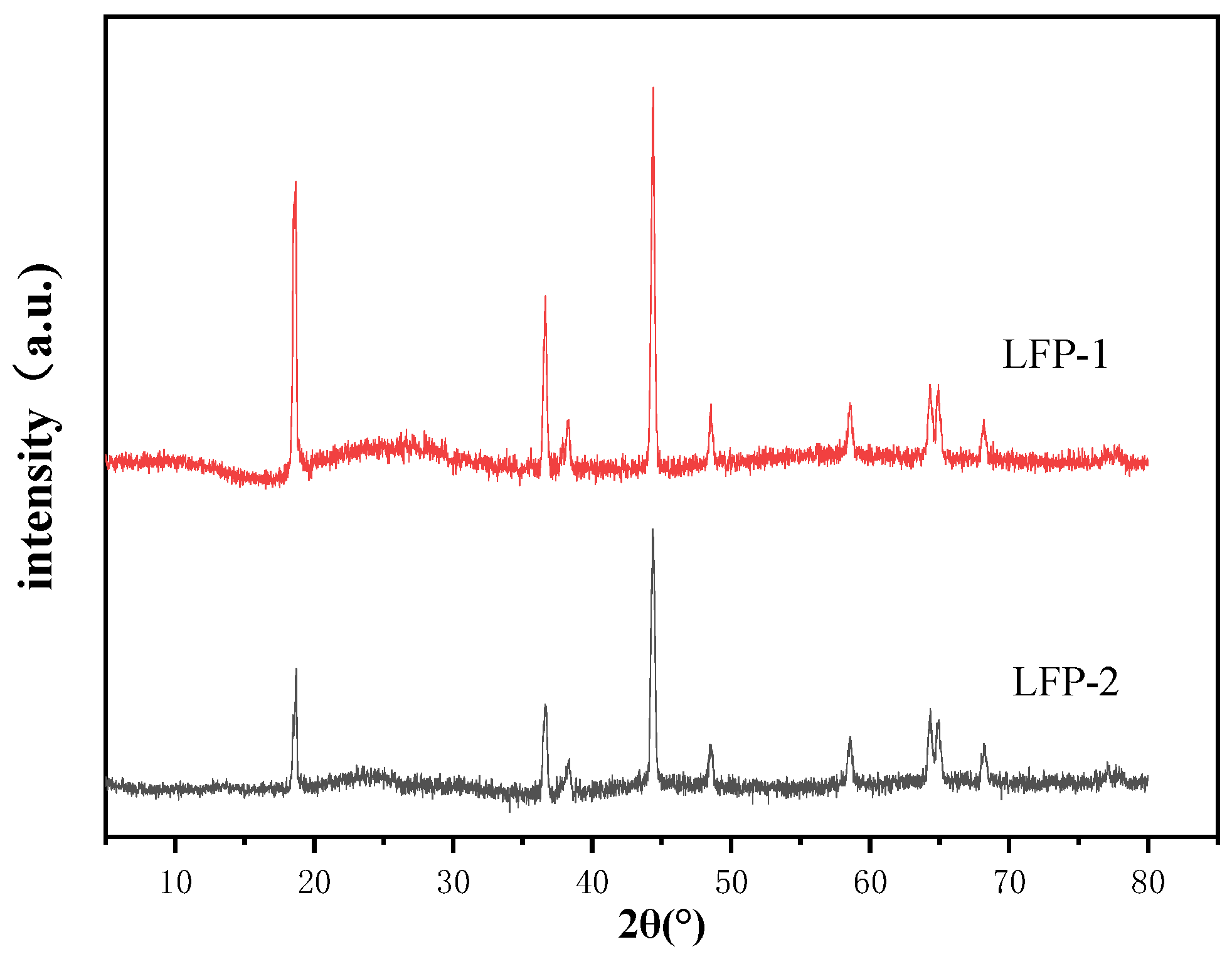
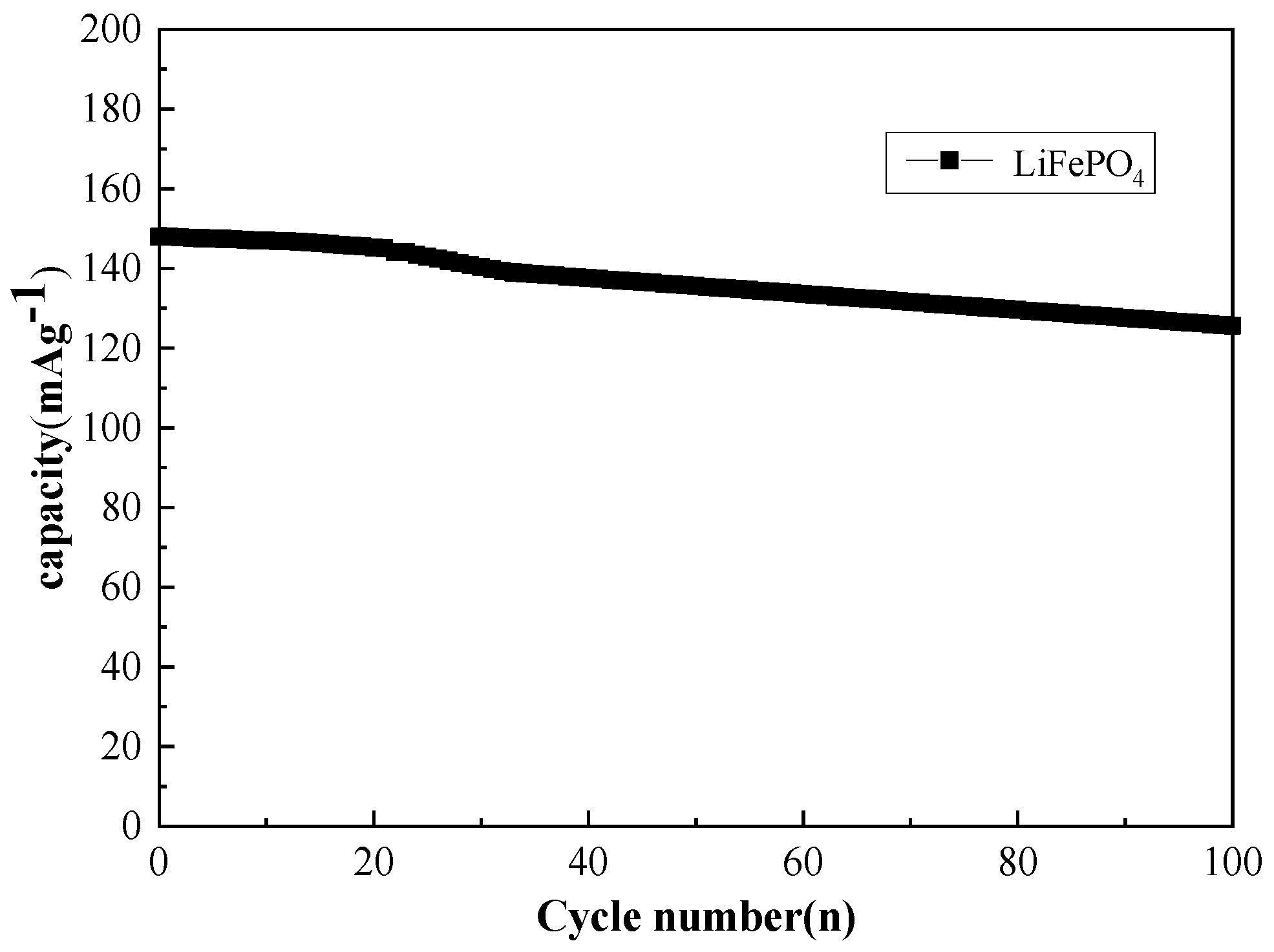
| Parameters | Value |
|---|---|
| Resolution | 1680 × 1242 |
| Frame speed | 10,000/s |
| Recording time | 2.5 s |
| Parameters | Value |
|---|---|
| Ultrasonic medium (water) temperature | 273 K |
| 300 K | |
| 327 K | |
| 354 K | |
| 381 K | |
| Ultrasonic action time | 5 min |
| 10 min | |
| 15 min | |
| 20 min | |
| Ultrasonic frequency | 20 kHz |
| 40 kHz | |
| 60 kHz | |
| 80 kHz | |
| Ultrasonic power | 40 W |
| 50 W | |
| 60 W | |
| 70 W | |
| 80 W | |
| 90 W | |
| 100 W |
| Element | Counts |
|---|---|
| C | 0.09% |
| O | 41.45% |
| Al | 0.30% |
| P | 0.10% |
| Mn | 13.44% |
| Fe | 0.20% |
| Co | 10.13% |
| Ni | 25.38% |
Publisher’s Note: MDPI stays neutral with regard to jurisdictional claims in published maps and institutional affiliations. |
© 2022 by the authors. Licensee MDPI, Basel, Switzerland. This article is an open access article distributed under the terms and conditions of the Creative Commons Attribution (CC BY) license (https://creativecommons.org/licenses/by/4.0/).
Share and Cite
Zhou, M.; Liu, K.; Wei, M.; Zhang, J.; Chen, S.; Cheng, W. Recovery of Lithium Iron Phosphate by Specific Ultrasonic Cavitation Parameters. Sustainability 2022, 14, 3390. https://doi.org/10.3390/su14063390
Zhou M, Liu K, Wei M, Zhang J, Chen S, Cheng W. Recovery of Lithium Iron Phosphate by Specific Ultrasonic Cavitation Parameters. Sustainability. 2022; 14(6):3390. https://doi.org/10.3390/su14063390
Chicago/Turabian StyleZhou, Ming, Kanglin Liu, Mingdeng Wei, Jingwei Zhang, Song Chen, and Wanli Cheng. 2022. "Recovery of Lithium Iron Phosphate by Specific Ultrasonic Cavitation Parameters" Sustainability 14, no. 6: 3390. https://doi.org/10.3390/su14063390





